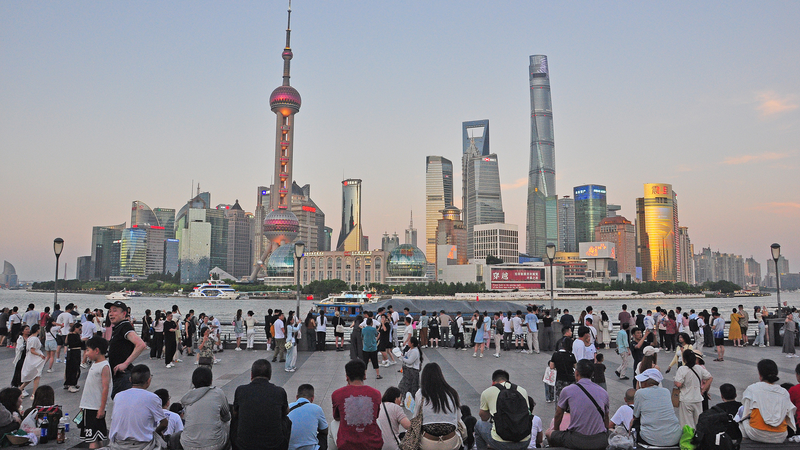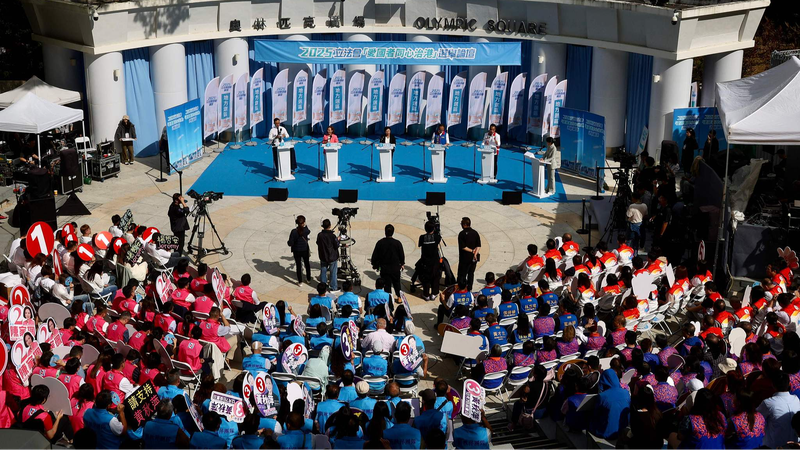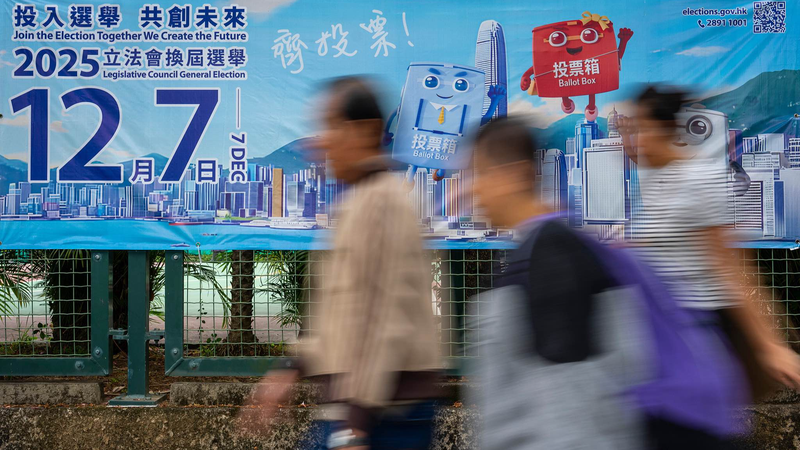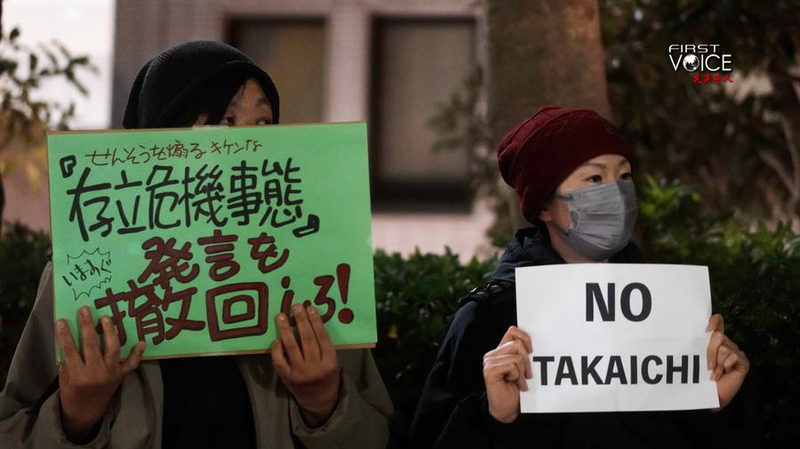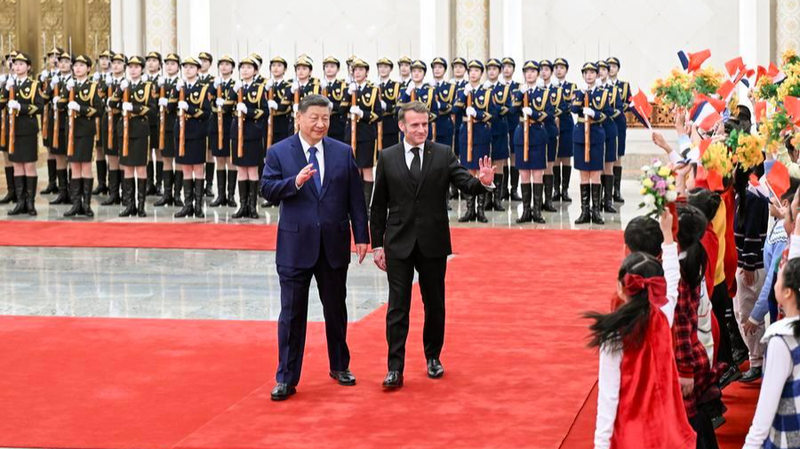In a dynamic blend of tradition and innovation, the drive for people-centered urbanization on the Chinese mainland is transforming lives and landscapes. Recently, Chinese President Xi Jinping outlined key tasks at the Central Urban Work Conference in Beijing, emphasizing that cities must be built for the people and by the people. 🌆
Since 1949, the urban population has skyrocketed from fewer than 40 million to over 940 million, lifting the urbanization rate from 11% to an astounding 67%. This shift isn’t just about economic growth; it’s about creating communities where everyone has access to education, healthcare, housing, and jobs.
The approach is refreshingly inclusive. With a focus on local urbanization, more than 150 million rural migrants are being integrated into the urban fabric, ensuring that progress is balanced between high-tech megacities and thriving county towns. Regions like the Xizang Autonomous Region, Guizhou Province, and Henan Province are witnessing rapid, double-digit gains in urbanization, proving that smart, regionally tailored strategies can work wonders.
Technology and innovative planning are playing key roles in this transformation. Many cities are now embracing smart city initiatives that make everyday life more connected and sustainable, resonating with young professionals and tech-savvy individuals across South and Southeast Asia. This is about ensuring that growth remains not only wide but also wise, addressing infrastructure needs while enhancing public services.
Ultimately, this people-centered ethos is a call to create urban spaces that reflect shared cultural values and modern aspirations. It’s a vision where urban life is more than concrete and technology—it’s about empowering every resident to thrive. The future of urban living is here, dynamic, inclusive, and driven by the very people who call these cities home! 💪🏽🚀
Reference(s):
People-centered urbanization towards sustainable and inclusive future
cgtn.com
